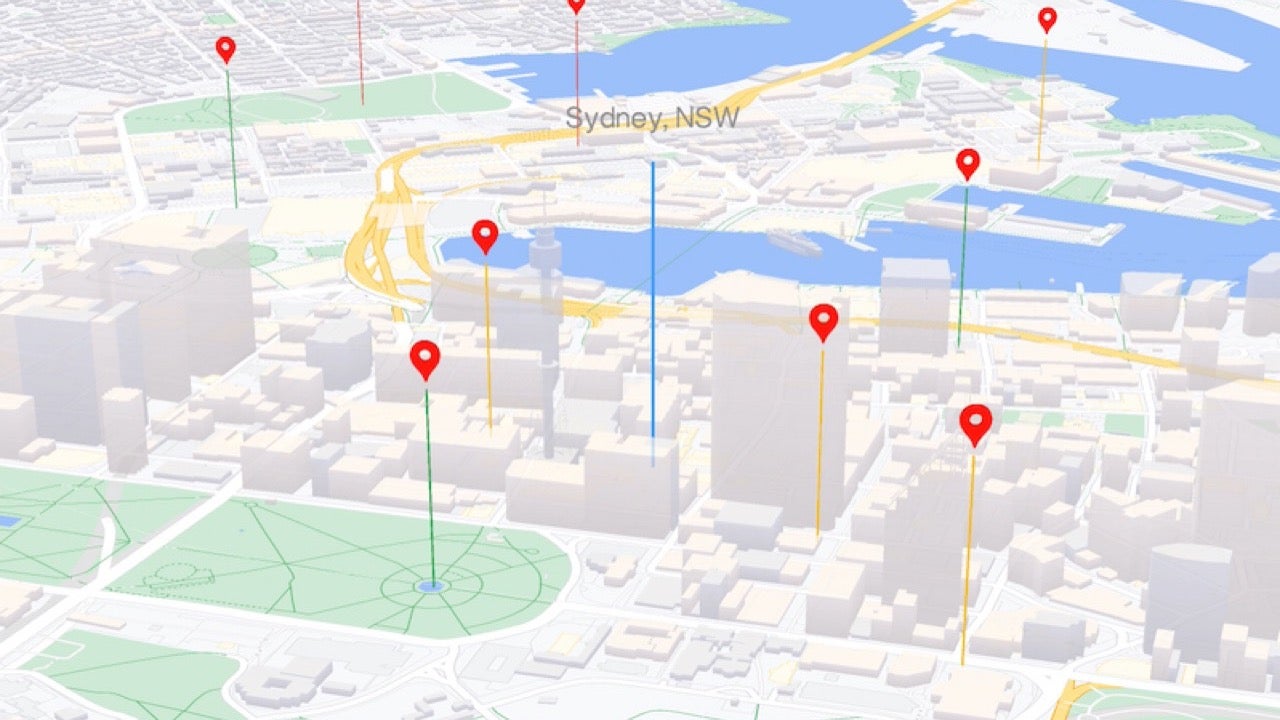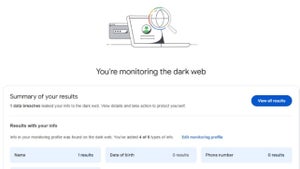News
Why Google Maps doesn’t suggest the shortest route
Google Maps often suggests longer routes because they're faster, safer, or more fuel-efficient, using real-time data and our habits to personalize navigation.

- June 20, 2025
- Updated: July 1, 2025 at 9:20 PM

When we rely on Google Maps for driving directions, it’s easy to assume it will always choose the shortest route. But more often than not, the app suggests a longer path that, surprisingly, helps us reach our destination faster. This isn’t a bug or an error—Google Maps is simply using more than just distance to calculate the optimal route.
Google Maps prioritizes speed over distance
Google Maps relies on real-time traffic data, speed limits, and historical trends to offer what it considers the fastest route, even if it’s not the shortest. Its algorithms evaluate how traffic flows on certain roads at specific times and use that to predict the best way to avoid delays.
It also adapts to our driving habits
Beyond traffic analysis, Google Maps learns from our own driving behavior. If we consistently choose a particular side street or shortcut, the app might begin to include that in future routes—even if it’s technically longer. This personalization aims to reflect our preferences, assuming they might lead to better results for us.
Fuel efficiency can influence routing
In some cases, Google Maps prioritizes routes that are more efficient in terms of fuel consumption. If a slightly longer road allows for steady driving without frequent stops, the app may choose it over a congested, shorter one. This also aligns with Google’s push toward eco-friendly navigation.
You can still customize your route
If you prefer to avoid tolls or highways, Google Maps allows route customization through its settings. On Android, go to your profile, then Settings > Navigation settings, where you can adjust preferences to better match your needs.
Latest from Agencias
You may also like
 News
NewsYou can now see your annual game summary in Steam Replay
Read more
 News
NewsThe GTA Online community is divided over the latest update of the game
Read more
 News
NewsThe expansion of Hollow Knight: Silksong will arrive sooner than we thought
Read more
 News
NewsCelebrate the 20th anniversary of Code Geass with new projects
Read more
 News
NewsDiablo players don't understand why Blizzard has done this to them
Read more
 News
NewsIf you fear the dark web, stop trusting Google
Read more